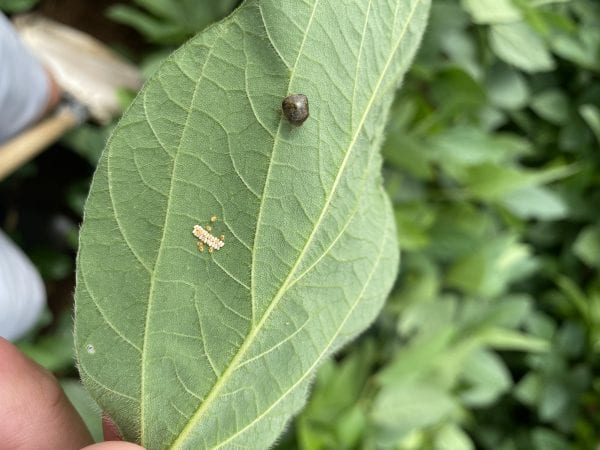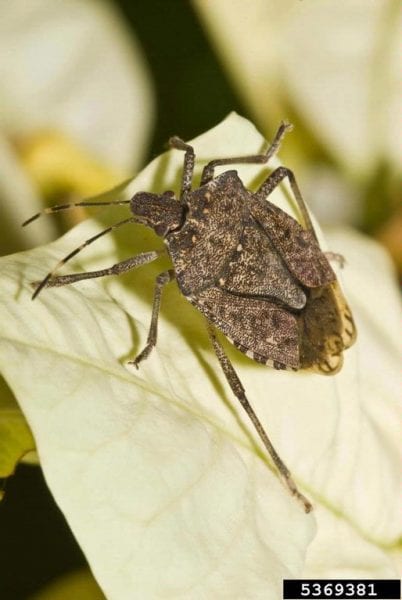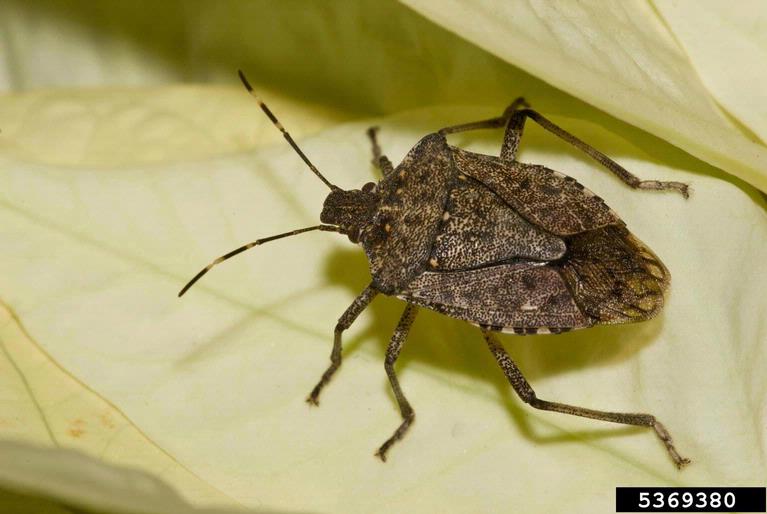Home

Fall is a favorite season for many, as it signals the beginning of colorful leaves and crisp weather. But for many outdoor insect pests, the change in season signals the need to seek refuge from the cold winter ahead. Pests often find cracks and crevices in nature to overwinter, and will use your home as a substitute.
As the weather outside cools, the warmth of the home makes it an attractive spot for these insects. It is time to think about the importance of fall pest-proofing to keep pests from making their home in yours.
Insect Pests that Invade During the Fall
There are a number of pests that will be looking to invade homes during the cooler months and reside in the cavities of walls, attic spaces, and even in the depths of a basement. The most common are Asian cockroach, kudzu bugs, brown marmorated stink bugs, multicolored Asian lady beetles, and boxelder bugs, to name a few.
These insect pests find their way into your home in large numbers in the fall are mostly a nuisance. For certain individuals who have an allergic reaction or asthma triggered by their presence, these pests can be problematic. However, these insects are not harmful in terms of spreading human disease.
Asian Cockroaches
Asian cockroaches are a peridomestic species. They live outdoors in shaded mulched or composted areas and feed on organic materials. These cockroaches are good flyers. They fly when disturbed during the daytime, and fly into buildings after dark because they are attracted to light.
Asian cockroach adults look nearly identical to German cockroaches. German cockroaches are a domestic species, which lives indoors and relies heavily on humans for food and shelter. German cockroaches are not able to fly.
Kudzu Bugs

Kudzu bug adult with nymphs hatching from egg mass.
Kudzu bugs are stink bugs that are somewhat oblong in shape, olive-green in color, and 4–6 mm in body length. They are agricultural pests. Kudzu and soybean plants are two of their main hosts. They naturally overwinter in plant debris and under tree barks. They are also attracted in large numbers to structures and love cracks and crevices outdoors. Indoors they leave behind awful odors and may stain the surface they are crushed upon.
Brown Marmorated Stink Bugs
Brown marmorated stink bugs (BMSB) are another odor-emitting insect when hit or smashed. The adults are about 17 mm long and have the typical “shield” shape of all stink bugs with white bands on the antennae. They are also an agricultural pest, feeding on a wide variety of fruits, crops, and vegetables. Similar to overwintering kudzu bugs, BMSB gather in large numbers in residential landscape, and may invade homes to become more of a nuisance in buildings.

Brown Marmorated Stink Bug. Photo by Susan Ellis, budwood.org.
Multicolored Asian Lady Beetles
Multicolored Asian lady beetles are oval or convex in shape and 5-6 mm in body length. The color and number of black-spots on their wings may vary, but a black M-shaped mark is somewhat consistent in the center of cream to yellow colored disk-shaped pronotum. Asian lady beetles are beneficial when they live outdoors and feed on plant pests such as aphids. They are notorious for their annoying habit of massive numbers flying to buildings in search of overwintering sites and ending up indoors. Once inside, they crawl about on windows, walls, attics, and other spaces, often emitting a foul-smelling odor and yellowish staining fluid before dying. They can bite, but their bite does not draw blood.
Boxelder Bugs
Boxelder bugs are a native species and are known as avid home invaders. They are black with red or orange edges on the wings, about 11-14 mm long, and have three red stripes behind the head. Boxelder bugs are not typical agricultural pest though they do damage some fruits in the fall. When the temperature drops, they congregate in large numbers on buildings or trees where the sun hits. They tend to hide in cracks and crevices in walls to insulate themselves from the cold winter temperatures. They will release a pungent odor when being disturbed.
Pest Proofing Your Home
Exclusion is the recommended strategy for keeping invading insects from entering homes and buildings. Residents should be proactive in making homes fall pest-proofing by:
- Reduce use of wooden-mulch/pine-straw around foundation. Mulch/pine-straw are double-edged sword: adding curb appeal to your home, but also lure and harbor insect pests.
- Replace loose mortar and keep weather-stripping in working order around doors and windows, as well as the basement foundation.
- Eliminate/remove outside garbage.
- Install door sweeps on exterior doors and repair torn screens.
- Screen vents and openings to chimneys.
- Seal any and all cracks, crevices, and openings on the outside of the home, including dryer vent and areas where utilities and pipes enter. Caulk them closed or plug holes with copper mesh before using expanding foam sealant to finish sealing off the gaps.
- Store food in airtight containers and dispose of garbage regularly in sealed receptacles.
- Eliminate all moisture sites, including leaking pipes and clogged drains.
- Store firewood at least 20 feet away from the house.
- Keep shrubbery well-trimmed.
Insecticides may be used as a preventive measure on the exterior of buildings to manage populations before they have the opportunity to enter. Be sure to follow all insecticide label instructions.
Insecticides are not recommended for treating the interior of homes to combat these unwanted invaders. Instead, use a vacuum to capture them.

